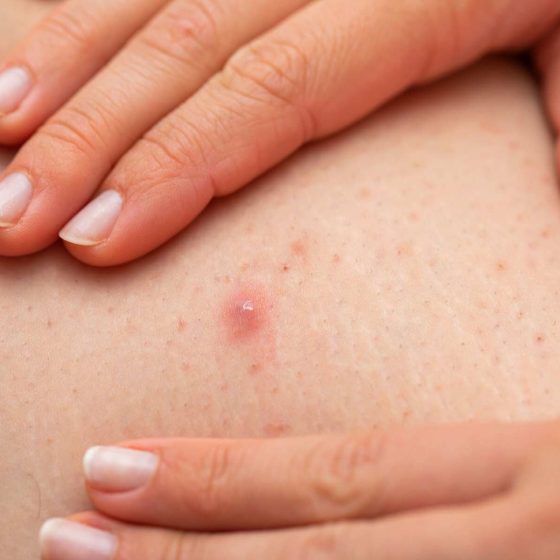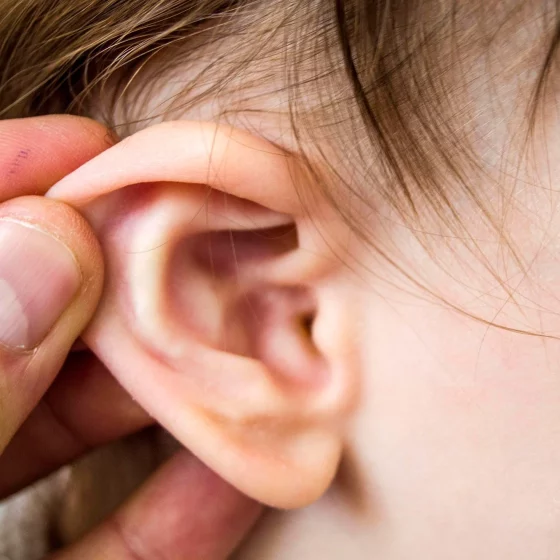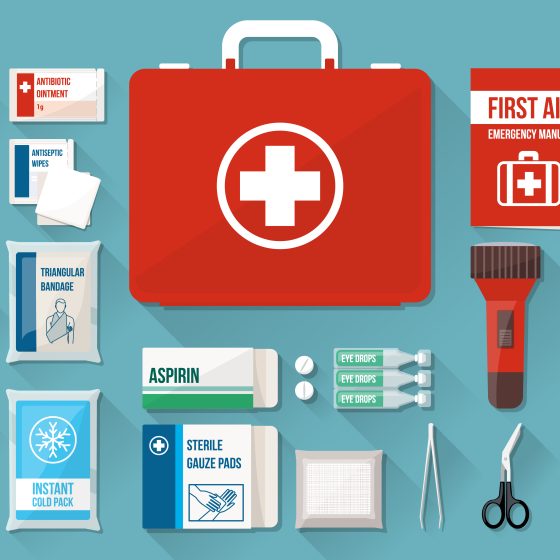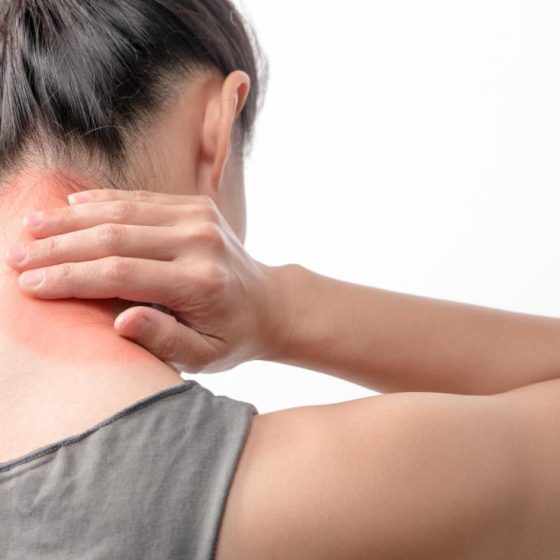Full blood count
Key facts A full blood count (FBC) is a common blood test that can provide information about a range of conditions. A full blood count looks at the different cells in your blood, including red blood cells, white blood cells and platelets. There are many conditions and medicines that can affect your FBC results. It’s important to discuss your test results with your doctor. What is a full blood count blood test? A full blood count (FBC) is a very common blood test. It’s also sometimes called a complete blood count (CBC) or full blood examination (FBE). A full blood
























